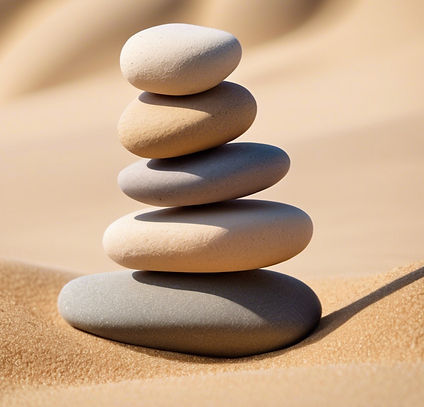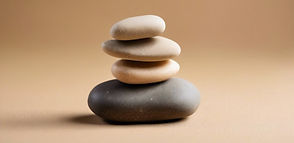Gentle Self-Care & Massage at Home for People with Limited Mobility
- weelisaswellness2
- Aug 8
- 3 min read

When mobility is limited — whether due to age, injury, illness, or disability — self-care can feel challenging. But with a few gentle techniques and the right approach, you can still enjoy the benefits of massage, relaxation, and wellbeing from the comfort of your own home.
Self-massage and mindful self-care can:
Ease tension and stiffness
Improve circulation
Support joint mobility
Reduce anxiety and improve sleep
Boost mood and self-confidence
Here are some safe, comfortable ways to care for your body — no special equipment required.
1. Set Up a Comfortable Space
Choose a spot where you feel safe and supported:
Sit in a sturdy chair with armrests, or a supportive recliner.
Keep your feet flat on the floor or on a cushion for comfort.
Use pillows to support your arms, back, or knees if needed.
Have water nearby and take breaks when you need them.
2. Gentle Hand & Finger Massage
Hands often carry tension, especially if mobility is limited in other areas.
Rub a small amount of gentle lotion or oil into your hands.
Use your thumb to make small circles in the palm of your opposite hand.
Gently pull each finger, twisting lightly to release stiffness.
Stroke from the base of your hand to your fingertips several times.
This can help with joint stiffness, circulation, and dexterity.
3. Neck & Shoulder Release (Seated)
If you spend a lot of time sitting, neck and shoulder tension is common.
Sit tall but relaxed.
Place your fingertips at the base of your skull and make small circular movements.
Slowly stroke down the sides of your neck towards your shoulders.
Gently squeeze the top of each shoulder, holding for a few seconds before releasing.
Take care not to strain your neck — keep movements small and comfortable.
4. Foot Massage Without Bending
If bending is difficult, use a tennis ball or massage roller.
Sit in your chair and place the ball under one foot.
Roll it slowly from heel to toe, adjusting pressure to what feels good.
Focus on any tender points, but avoid strong pain.
Switch feet after a few minutes.
This helps stimulate circulation and can ease foot cramps.
5. Heat & Comfort Therapy
Gentle heat can be deeply soothing and help relax muscles before or after self-massage.
Use a microwavable wheat bag or hot water bottle wrapped in a towel.
Apply to tense areas (shoulders, lower back, knees) for 10–15 minutes.
Always check the temperature to avoid burns, especially if sensation is reduced.
6. Breathing for Relaxation
Massage works best when combined with mindful breathing.
Place your hands on your belly.
Breathe in slowly through your nose, feeling your stomach rise.
Breathe out gently through your mouth.
Repeat for 1–2 minutes before or after self-massage.
This can calm the nervous system and reduce pain perception.
7. Safety First – Listen to Your Body
Avoid any movements that cause sharp pain — gentle discomfort is fine, but pain is a sign to stop.
Take breaks if you feel tired.
If you have a medical condition (e.g., heart issues, severe osteoporosis, skin conditions), check with your GP before starting new techniques.
Remember: even 5 minutes of gentle touch can be beneficial.
8. Little & Often is Best
You don’t need to do a long session — short, regular self-care moments throughout the day are just as powerful. For example:
Morning: gentle hand massage while having tea
Afternoon: neck stretches and breathing exercises
Evening: warm compress and foot massage
Final Thought: Self-care is not selfish — it’s a way to show your body kindness. Even with limited mobility, you can create small, nurturing rituals that help you feel more comfortable, more relaxed, and more connected to yourself.
If you’d like more personalised guidance, I offer one-to-one sessions and adapted massage techniques for people with different mobility needs — either in your home or in my clinic.





Comments